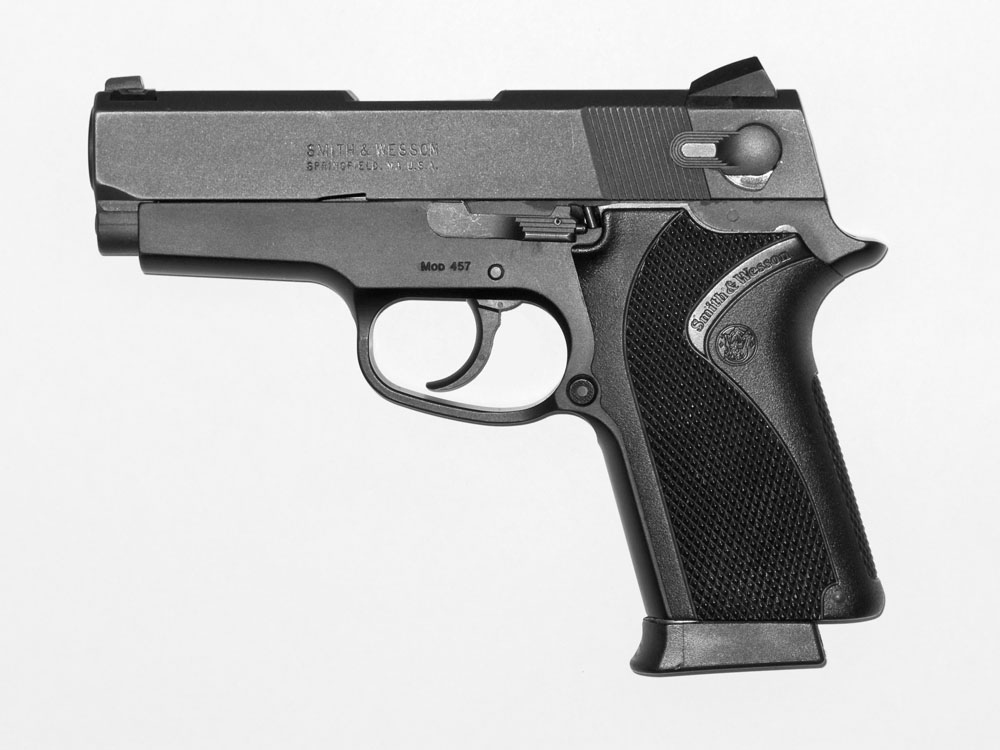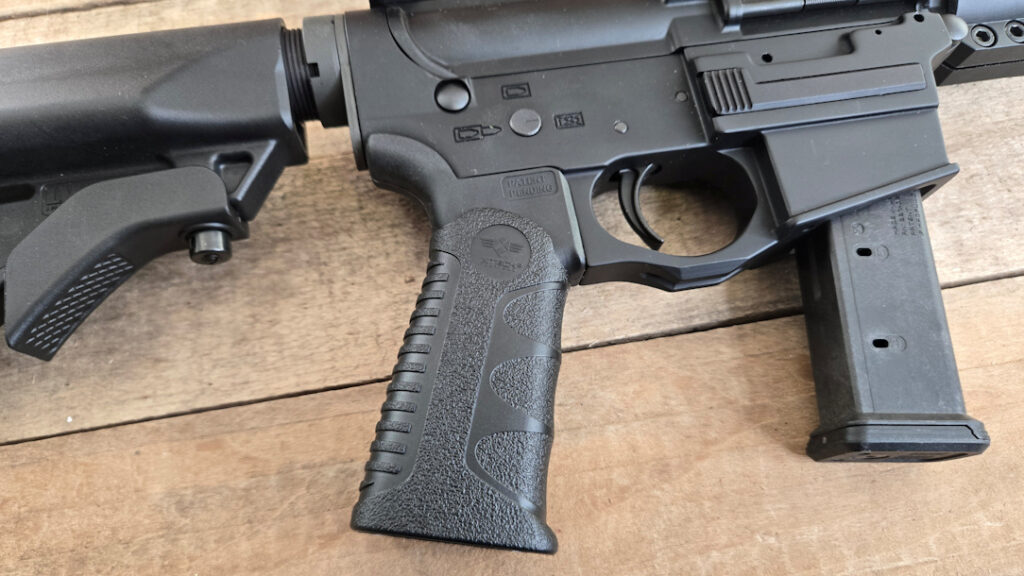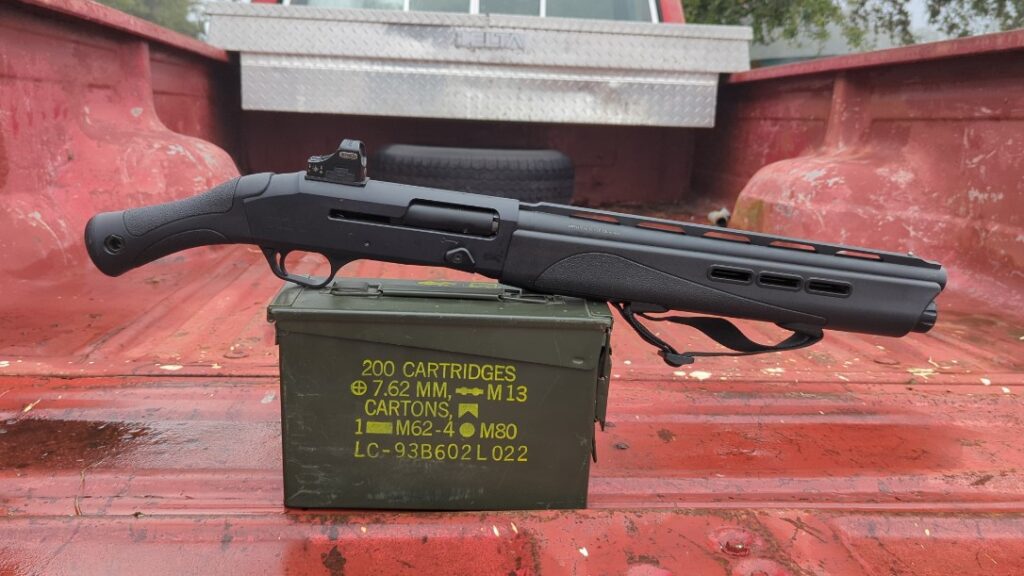I’ve been reviewing firearms for a few years, and for a long time, I’ve tried to come up with what makes a “bad” gun versus a “good” gun. That’s a tough question to answer, with an absolute ton of variables. A gun designed for competition might not be good for concealed carry. Bird hunters aren’t using long-range rifles for quail. If we isolate guns based on the task they are designed to achieve, it gets easier to say what’s good and what’s bad.
We could say a good gun is ergonomic, accurate, controllable, and appropriate for the task it’s trying to accomplish. A bad gun would be the opposite: unreliable, not ergonomic, hard to control, etc. That’s the way I looked at it for years, but I’ve walked back on that. A bad gun is easy to define, but I think I was too lenient on what constituted a good gun. That’s the question I’ve been asking, and I’m trying to answer today.
Is There a Difference Between a Good Gun and a Bad Gun?
A gun meeting baseline expectations shouldn’t be considered good or exceptional. It doesn’t need to be, and some just aren’t. Some guns are just fine. I will say there are other factors than a gun’s performance that can make it a good gun. Let’s look at the Taurus G3 series.
Advertisement — Continue Reading Below
The G3 is fine. It’s accurate, reliable, ergonomic, and easy to shoot. Compared to a lot of guns, it would be considered fine. Fine isn’t bad, but it’s not exceptional. The G3 becomes a good gun when we look at its price point. It’s a $250-ish gun that’s optics-ready. We can be more specific and say it’s a good budget gun, but the point stands: it’s a good gun.

On the flip side, a good gun can lose its status due to an absurd price point. Christensen Arms makes great guns. I’d argue most of their catalog is expensive but still good. Then you get to the CA9mm, a direct blowback PCC that takes Glock mags. I’m sure it’s reliable, accurate, and ergonomic, but holy hell, it’s $1,700.
Advertisement — Continue Reading Below
Sometimes, a gun can be a good gun because it excels in a specific category. Let’s look at something like Glock. The Glock 17, 19, or any Glock hits the good gun market because it’s accurate, ergonomic, controllable, but also exceptionally reliable and simple. Glocks work—that’s what they do, and that’s why they are good guns.
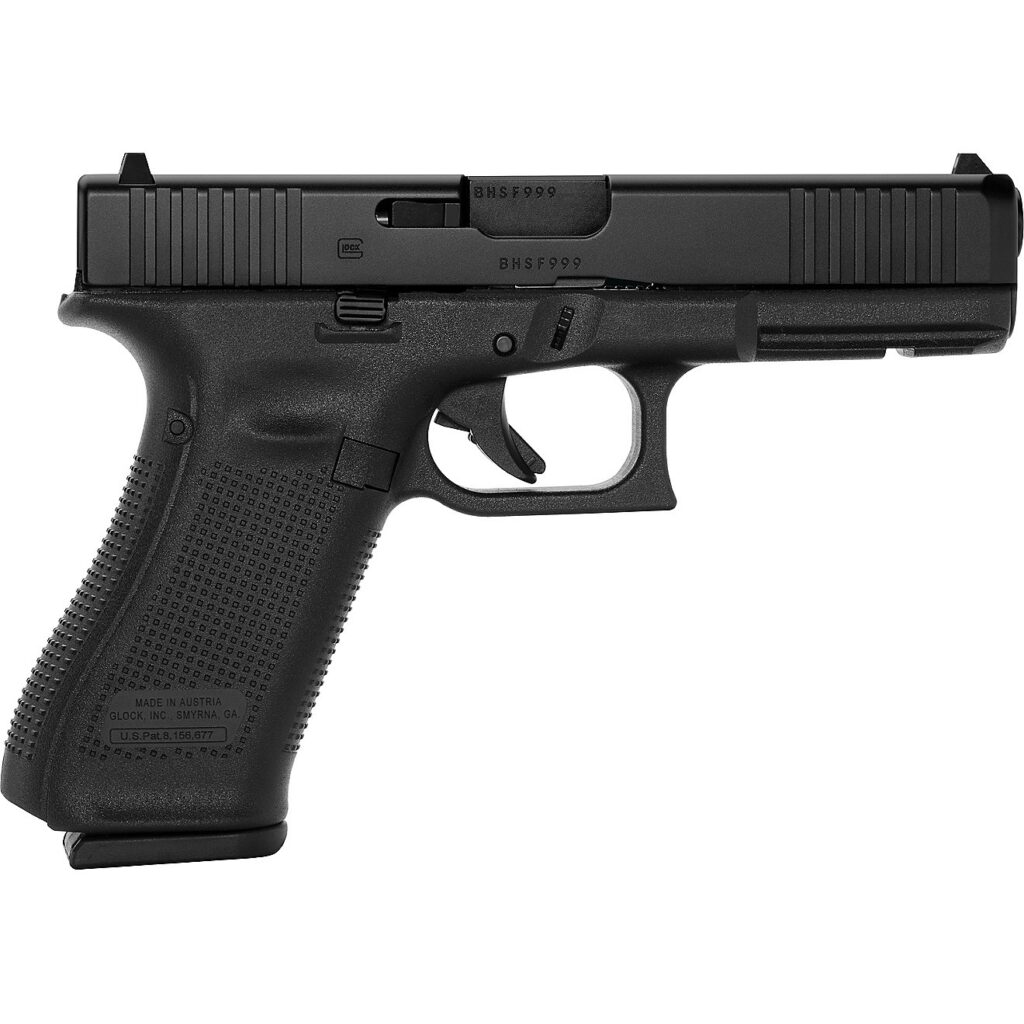
What Makes a Fine Gun?
The perfect definition of a fine gun to me is the S&W 3rd Gen guns. People like them, but I don’t think they are good guns, nor are they bad guns. They have some problems: they are heavy, those heavy slides create snappy recoil, the magazine safety is stupid, and the slide-mounted safety is not very ergonomic.
Advertisement — Continue Reading Below
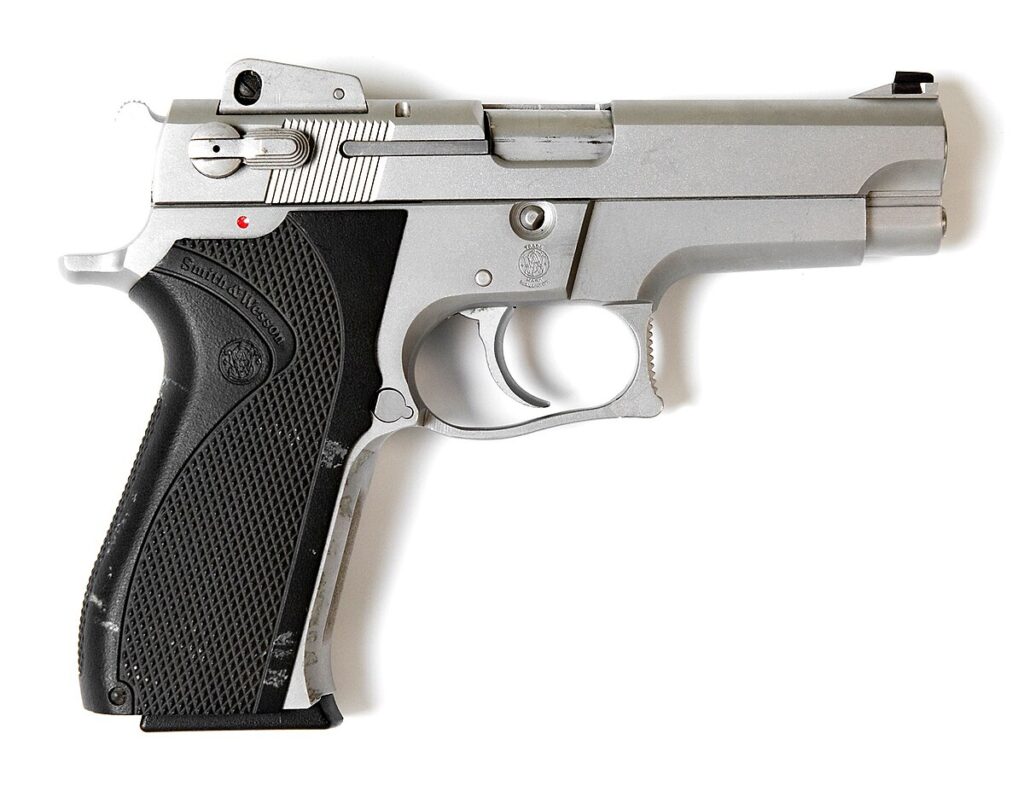
In addition, they were also expensive guns in their era and are only getting pricier now. They are fine, but even when produced, they lagged behind other guns. S&W’s 3rd Gen guns never did anything exceptionally well and fall into that “fine” paradigm.
I can say the same about the Beretta 9000. It’s fine; it’s odd ergonomically, but it has the Beretta reliability, low recoil, and accuracy you expect. However, it’s not a good gun. It’s just fine.
Advertisement — Continue Reading Below
What’s a Bad Gun?
That’s easy: anything that seriously sucks in all the categories a gun performs in. The Remington R51 is a bad gun. The Zip 22LR is a bad gun. Anything that can’t at least get “Cs” in class is a bad gun. Typically, bad guns seem few and far between, but that’s because they aren’t produced for very long. Plenty of bad guns exist, but they tend to fade out of our collective memory.
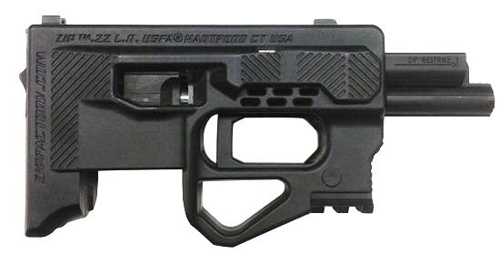
Why Is This Important?
I’ve editorialized a variety of guns I think are good, fine, and bad. Why does this matter? From a consumer perspective, I feel like the gun community can be all or nothing. It’s either the next coming of John Moses Browning, or it fires out of battery and should be thrown in the ocean to make reefs. (Side note: let’s not arm the sharks.)
Advertisement — Continue Reading Below
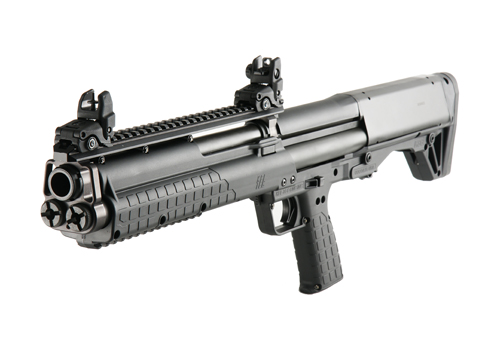
Our culture of “it can only be good or bad” is not serving people well, and is a part of the culture we should get rid of. Some guns can be fine; some can be exceptional. As gun writers, we shouldn’t call guns that are fine “good.” With that in mind, the greater gun culture should be more comfortable with calling something fine, be it a gun, an optic, a weapon light, or beyond.
As a gun writer, I like a bad gun. It’s a cheap and short review. I like a good gun because I enjoy shooting it, but a fine gun is just boring. Most good guns are good guns, but some are just fine, and we should embrace that.
Advertisement — Continue Reading Below
